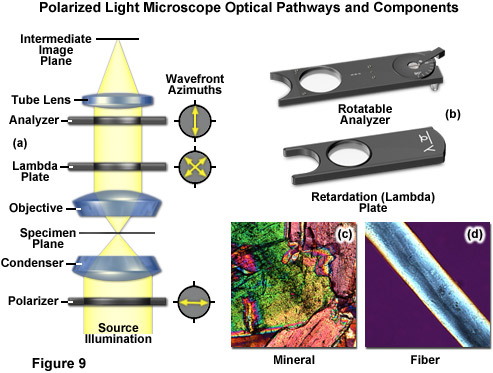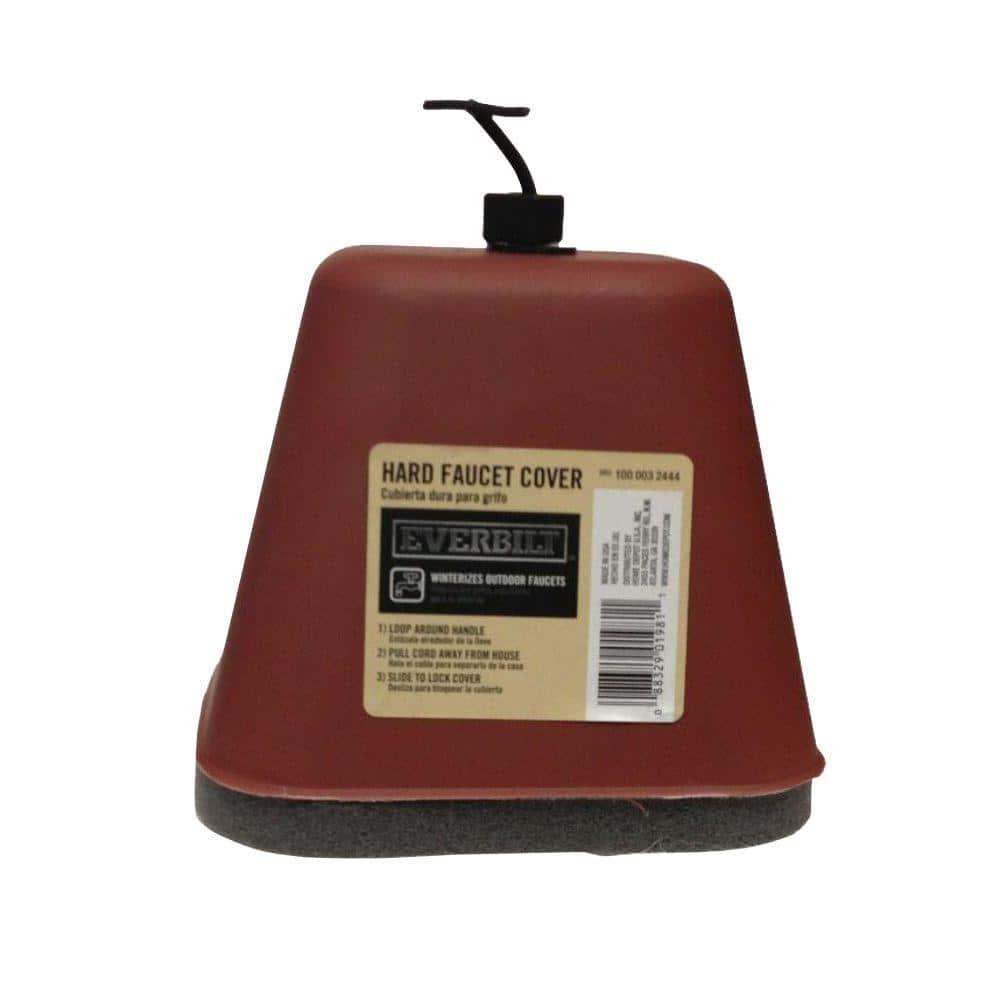Your How does spectroscopy work images are available. How does spectroscopy work are a topic that is being searched for and liked by netizens now. You can Download the How does spectroscopy work files here. Get all free photos.
If you’re looking for how does spectroscopy work pictures information linked to the how does spectroscopy work interest, you have pay a visit to the right site. Our site always gives you suggestions for seeing the highest quality video and image content, please kindly hunt and locate more informative video articles and graphics that match your interests.
How Does Spectroscopy Work. What is atomic absorption spectroscopy and how does an AA spectrometer work. Early spectroscopes used prisms that split the light by refraction bending the light waves as they passed through the glass. This collection illustrates ongoing efforts of the research community in this field. Spectroscopy allows the study of how matter interacts with or emits electromagnetic radiation.
 Mass Spectrometry Gas Chromatography Spectrometers From pinterest.com
Mass Spectrometry Gas Chromatography Spectrometers From pinterest.com
Multifibre Spectroscopy Spectroscopy at other Wavebands How does a Spectrograph Work. Raman spectroscopy yields information about intra-. When the beam strikes a solid atom a core-level electron emerges and produces a singly ionized excited atom. This type of spectroscopy relies on inelastic scattering of photons. Potential applications include the chemical and pharmaceutical industries research life sciences and material sciences. Generally its in the visible light near-infrared or near-ultraviolet spectrum though its also possible to use x-rays.
What is atomic absorption spectroscopy and how does an AA spectrometer work.
Different types of bonds respond to the IR radiation differently. Raman spectroscopy is a molecular spectroscopic technique that utilizes the interaction of light with matter to gain insight into a materials make up or characteristics like FTIR. This collection illustrates ongoing efforts of the research community in this field. However in general a spectrum is generally more than a simple rainbow of colours. This process is widely used in the metal making industries including primary producers foundries die casters and manufacturing. Multifibre Spectroscopy Spectroscopy at other Wavebands How does a Spectrograph Work.
 Source: pinterest.com
Source: pinterest.com
3 rows Infrared IR spectroscopy is a vibrational spectroscopic technique based on the absorption of. The energy levels of electrons in atoms and. The resulting vacancy in the core level is filled with an outer level electron. Infrared IR spectroscopy uses infrared radiation to excite the molecules of a compound and generates an infrared spectrum of the energy absorbed by a molecule as a function of the frequency or wavelength of light. However in general a spectrum is generally more than a simple rainbow of colours.
 Source: pinterest.com
Source: pinterest.com
Spectroscopy is the study of the interaction between matter and electromagnetic radiation as a function of the wavelength or frequency of the radiation. Ad Single atom catalysts could significantly impact the chemical energy industrial sectors. It uses a source of monochromatic light typically from a laser. Skip to main content. In a spectrophotometer the transmittance is measured by dividing the intensity spectrum of light transmitted through a sample I by the intensity spectrum of light transmitted through the blank I 0.
 Source: pinterest.com
Source: pinterest.com
Different types of bonds respond to the IR radiation differently. Spectroscopic analysis is a fundamental concept that has been used in recent years. Light enters a narrow slit and passes through a lens that creates a beam of parallel rays. This produces a measurable signal. Elements exist on an electromagnetic spectrum and their atoms will absorb wavelengths of light that relate to their particular characteristics.
 Source: pinterest.com
Source: pinterest.com
Infrared spectroscopy is the analysis of infrared light interacting with molecules. How Does Auger Microscopy Work. What is atomic absorption spectroscopy and how does an AA spectrometer work. Spectroscopic analysis is a fundamental concept that has been used in recent years. In a spectrophotometer the transmittance is measured by dividing the intensity spectrum of light transmitted through a sample I by the intensity spectrum of light transmitted through the blank I 0.
 Source: pinterest.com
Source: pinterest.com
Each wavelength is bent a slightly different amount so a series of colored bands is produced. Early spectroscopes used prisms that split the light by refraction bending the light waves as they passed through the glass. There are different types of spectroscopy depending on the wavelength range that is being measured. In particular it is the measurement of the wavelength and intensity of the absorption of near-infrared light by a sample. Raman spectroscopy yields information about intra-.
 Source: pinterest.com
Source: pinterest.com
In a spectrophotometer the transmittance is measured by dividing the intensity spectrum of light transmitted through a sample I by the intensity spectrum of light transmitted through the blank I 0. This collection illustrates ongoing efforts of the research community in this field. This type of spectroscopy relies on inelastic scattering of photons. UV-Vis spectroscopy uses the ultraviolet and. Spectroscopy top page for astrophysics option for NSW HSC Physics.
 Source: pinterest.com
Source: pinterest.com
A spectrometer is an instrument that both spreads out light and displays it for study. Generally its in the visible light near-infrared or near-ultraviolet spectrum though its also possible to use x-rays. During the atomic absorption spectroscopy process these atoms will absorb electromagnetic radiation at a specific wavelength. Atomic absorption spectroscopy is an analytical technique used for trace metals analysis. This produces a measurable signal.
 Source: pinterest.com
Source: pinterest.com
These rays travel through a prism which bends the light. A spectroscope or spectrometer splits light into the wavelengths that make it up. This type of spectroscopy relies on inelastic scattering of photons. A finely focused high-energy electron beam is used to excite the atoms on the surface of a sample. Spectroscopy is the study of the interaction between matter and electromagnetic radiation as a function of the wavelength or frequency of the radiation.
 Source: pinterest.com
Source: pinterest.com
Absorbance A also known as optical density OD is the amount of light absorbed by the object and can be expressed as follows Transmittance T. What is atomic absorption spectroscopy and how does an AA spectrometer work. There are different types of spectroscopy depending on the wavelength range that is being measured. UV-Vis spectroscopy uses the ultraviolet and. Ionization Molecules in a sample are vaporized converted to the gas phase by heating.
 Source: pinterest.com
Source: pinterest.com
In a spectrophotometer the transmittance is measured by dividing the intensity spectrum of light transmitted through a sample I by the intensity spectrum of light transmitted through the blank I 0. Potential applications include the chemical and pharmaceutical industries research life sciences and material sciences. Spectroscopy top page for astrophysics option for NSW HSC Physics. Each particle of light or photon has a discrete amount of energy that can be transferred to. The energy levels of electrons in atoms and.
 Source: pinterest.com
Source: pinterest.com
Infrared IR spectroscopy uses infrared radiation to excite the molecules of a compound and generates an infrared spectrum of the energy absorbed by a molecule as a function of the frequency or wavelength of light. This produces a measurable signal. What is atomic absorption spectroscopy and how does an AA spectrometer work. Elements exist on an electromagnetic spectrum and their atoms will absorb wavelengths of light that relate to their particular characteristics. There are three key stages to a mass spectrometer and we discuss each in more detail below.
 Source: pinterest.com
Source: pinterest.com
These rays travel through a prism which bends the light. Different types of bonds respond to the IR radiation differently. Infrared IR spectroscopy uses infrared radiation to excite the molecules of a compound and generates an infrared spectrum of the energy absorbed by a molecule as a function of the frequency or wavelength of light. Each particle of light or photon has a discrete amount of energy that can be transferred to. Spectroscopy is the study of the interaction between matter and electromagnetic radiation as a function of the wavelength or frequency of the radiation.
 Source: pinterest.com
Source: pinterest.com
Elements exist on an electromagnetic spectrum and their atoms will absorb wavelengths of light that relate to their particular characteristics. A spectroscope or spectrometer splits light into the wavelengths that make it up. Each wavelength is bent a slightly different amount so a series of colored bands is produced. Ionization Molecules in a sample are vaporized converted to the gas phase by heating. Absorbance A also known as optical density OD is the amount of light absorbed by the object and can be expressed as follows Transmittance T.
 Source: pinterest.com
Source: pinterest.com
Australia Telescope National Facility. A finely focused high-energy electron beam is used to excite the atoms on the surface of a sample. Spectroscopy is the technique of splitting light or more precisely electromagnetic radiation into its constituent wavelengths a spectrum in much the same way as a prism splits light into a rainbow of colours. This produces a measurable signal. Obtaining Astronomical Spectra - Spectrographs How Does a Spectrograph Work.
 Source: pinterest.com
Source: pinterest.com
There are three key stages to a mass spectrometer and we discuss each in more detail below. Spectroscopy allows the study of how matter interacts with or emits electromagnetic radiation. The information provided by Raman spectroscopy results from a light scattering process whereas IR spectroscopy relies on absorption of light. Light enters a narrow slit and passes through a lens that creates a beam of parallel rays. Spectroscopy is the study of the interaction between matter and electromagnetic radiation as a function of the wavelength or frequency of the radiation.
 Source: pinterest.com
Source: pinterest.com
This produces a measurable signal. How does Atomic Absorption Spectroscopy work. The laser interacts with excitations within the sample which shifts the energy either up or down. Early spectroscopes used prisms that split the light by refraction bending the light waves as they passed through the glass. This produces a measurable signal.
 Source: pinterest.com
Source: pinterest.com
Spectroscopy top page for astrophysics option for NSW HSC Physics. Optical emission spectroscopy using arc and spark excitation Arc Spark OES is the preferred method for trace metal analysis to determine the chemical composition of metallic samples. This produces a measurable signal. Spectroscopy is the study of the interaction between matter and electromagnetic radiation as a function of the wavelength or frequency of the radiation. When the beam strikes a solid atom a core-level electron emerges and produces a singly ionized excited atom.
 Source: pinterest.com
Source: pinterest.com
This produces a measurable signal. Different types of bonds respond to the IR radiation differently. This collection illustrates ongoing efforts of the research community in this field. Atomic absorption spectroscopy is an analytical technique used for trace metals analysis. Ionization Molecules in a sample are vaporized converted to the gas phase by heating.
This site is an open community for users to submit their favorite wallpapers on the internet, all images or pictures in this website are for personal wallpaper use only, it is stricly prohibited to use this wallpaper for commercial purposes, if you are the author and find this image is shared without your permission, please kindly raise a DMCA report to Us.
If you find this site serviceableness, please support us by sharing this posts to your own social media accounts like Facebook, Instagram and so on or you can also bookmark this blog page with the title how does spectroscopy work by using Ctrl + D for devices a laptop with a Windows operating system or Command + D for laptops with an Apple operating system. If you use a smartphone, you can also use the drawer menu of the browser you are using. Whether it’s a Windows, Mac, iOS or Android operating system, you will still be able to bookmark this website.






